Aryan Naim
AI Agents in Emergency Response Applications
Sep 10, 2021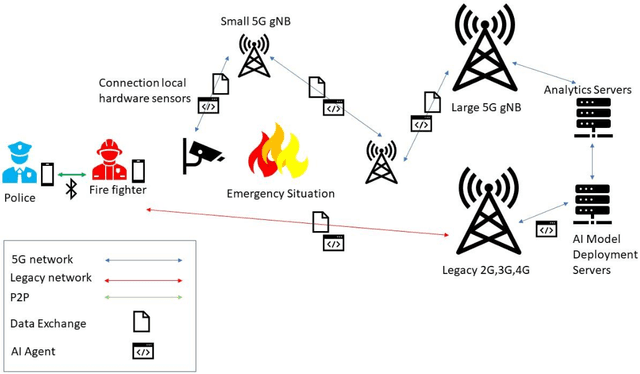
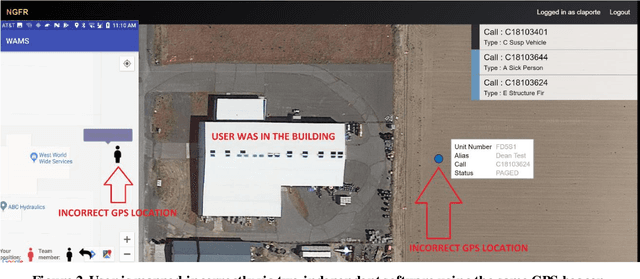
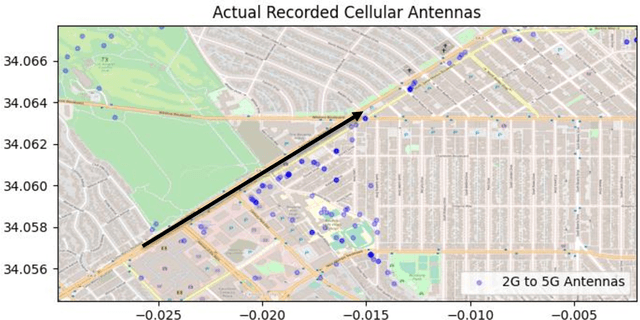
Abstract:Emergency personnel respond to various situations ranging from fire, medical, hazardous materials, industrial accidents, to natural disasters. Situations such as natural disasters or terrorist acts require a multifaceted response of firefighters, paramedics, hazmat teams, and other agencies. Engineering AI systems that aid emergency personnel proves to be a difficult system engineering problem. Mission-critical "edge AI" situations require low-latency, reliable analytics. To further add complexity, a high degree of model accuracy is required when lives are at stake, creating a need for the deployment of highly accurate, however computationally intensive models to resource-constrained devices. To address all these issues, we propose an agent-based architecture for deployment of AI agents via 5G service-based architecture.
Deterministic Iteratively Built KD-Tree with KNN Search for Exact Applications
Jun 07, 2021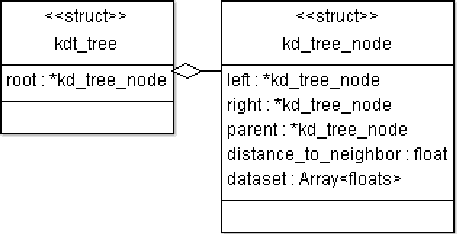
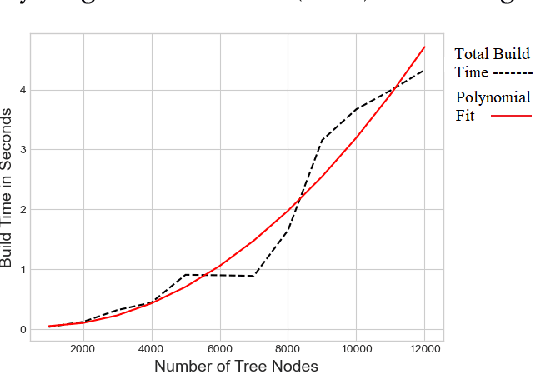
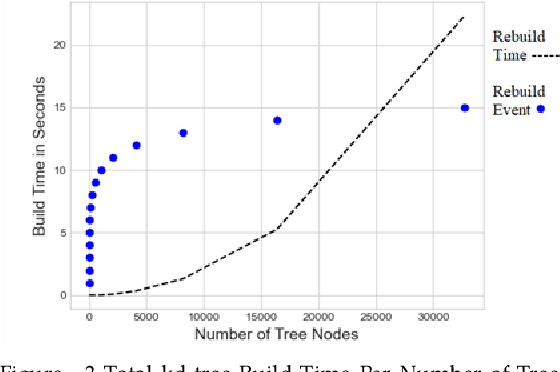
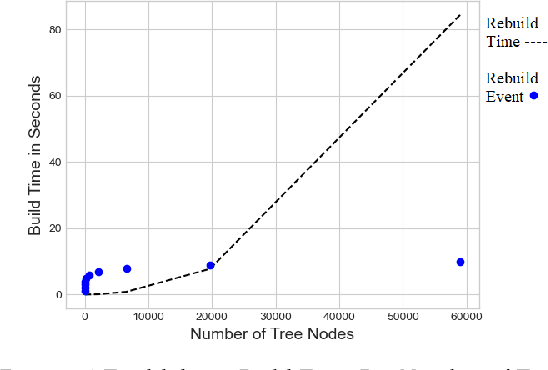
Abstract:K-Nearest Neighbors (KNN) search is a fundamental algorithm in artificial intelligence software with applications in robotics, and autonomous vehicles. These wide-ranging applications utilize KNN either directly for simple classification or combine KNN results as input to other algorithms such as Locally Weighted Learning (LWL). Similar to binary trees, kd-trees become unbalanced as new data is added in online applications which can lead to rapid degradation in search performance unless the tree is rebuilt. Although approximate methods are suitable for graphics applications, which prioritize query speed over query accuracy, they are unsuitable for certain applications in autonomous systems, aeronautics, and robotic manipulation where exact solutions are desired. In this paper, we will attempt to assess the performance of non-recursive deterministic kd-tree functions and KNN functions. We will also present a "forest of interval kd-trees" which reduces the number of tree rebuilds, without compromising the exactness of query results.
 Add to Chrome
Add to Chrome Add to Firefox
Add to Firefox Add to Edge
Add to Edge